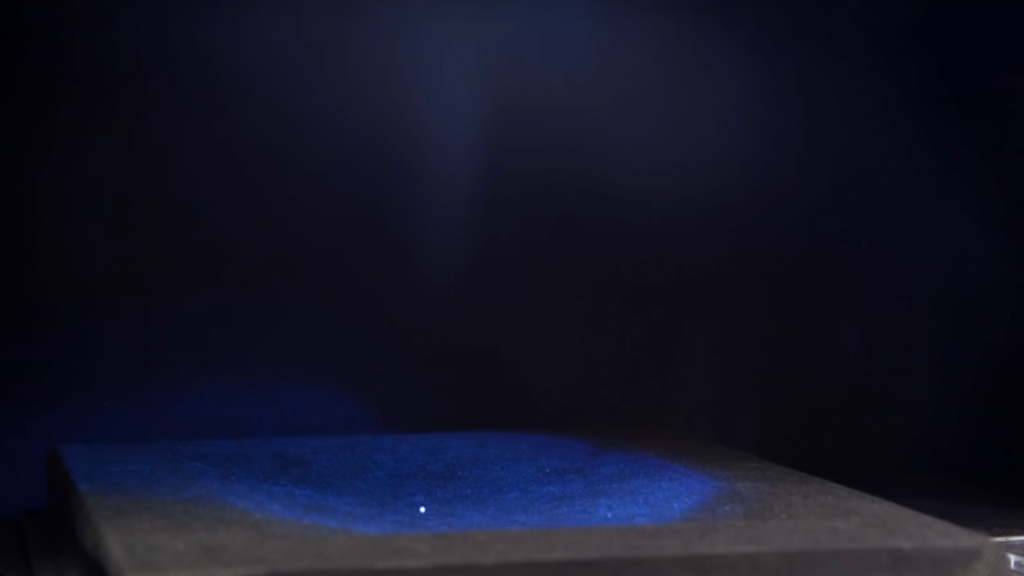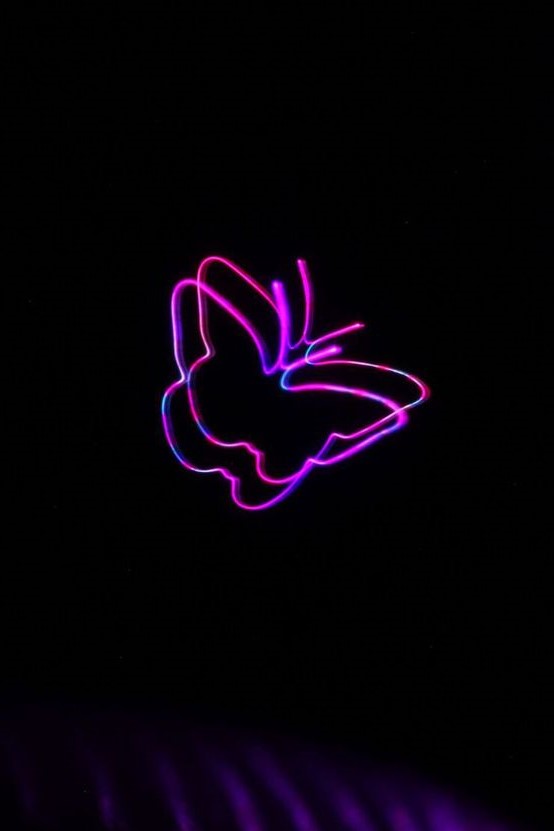Holograms are 3D images that you can see without the need of any visual aid as compared to Virtual reality and Augmented reality. The visual experience of holograms is always mesmerizing but short lived. However all of this has changed when a team at the University of Sussex in southern England made their own prototype Multimodal Acoustic Trap Display (MATD). Every leading company is working on something similar, Google recently launched a very realistic 3D Augmented Reality version for our smartphones
Hologram was an amazing invention by physicist Dennis Gabor. Since that day holograms were improved using many different methods and to this day are being improved.
What is MATD Hologram
Holograms could only be seen and heard but you could not feel them and to tackle this the team made MATD which can “simultaneously deliver visual, auditory and tactile content”. This means their holograms can be seen, heard and felt.
Our system traps a particle acoustically and illuminates it with red, green and blue light to control its colour as it quickly scans the display volume,
Team at University of Sussex
The tactile feeling was made possible using ultrasound. Ultrasound is simply sound waves but above the audible limit of humans. These waves are mechanical waves and MATD system is made to direct and focus the waves to the extent where a human starts feeling it. This is the benchmark that MATD system has achieved along with continuous rendering of the image and the sound.
Future of Hologram Technology
All of this was possible using volumetric display. The amazing and exciting part starts from here:


What do you think this was made using? Sound, cameras, projectors, lasers? I’ll tell you what made this possible. It was made using volumteric display and a bead! How can a bead make this you might ask. The answer is that ithis system uses sound to move the object in mid-air. Two millimetre-wide polystyrene bead in this case, This bead moves so fast due to ultrasound waves that you will see a continuous shot instead frames. Specific movement of the bead is able to create images. As the bead creates the image of the world it is brought to light using rapidly changing LEDs to create colour. At first you will see the bead levitating and motionless:




Two slender arrays one above and one below consisting 256 tiny speakers which help the bead to move mid-air by producing ultrasound waves. Now when we force the object to be propelled into the air by the bottom speaker the top speaker also applies the same force using ultrasound waves. This forces the bead inside two virtual cushions which keep it suspended. The current position at which the bead remains stable is called stable point. By increasing or decreasing the ultrasound force of one of the speaker changes the stable point and the bead starts to move towards the new stable point. By continuously changing the stable point the bead would keep moving. Specific route of the bead to different stable points make an image. Calculating each target point and inside a hardware specially designed for computing then simulating the movement using the desired target points can make desired images such as the world as shown above or this butterfly:


But the limiting factor is that human eye can view image frames at one tenth of a second. In order to make it one continuous shot or picture the bead has to move a little faster than one tenth of a second and if done correctly it can create images. Researchers had to increase the speed of the polystyrene bead due to which it is now able to reach speeds as high as 8.75 metres per second.
Our new technology takes inspiration from old TVs which use a single color beam scanning along the screen so quickly that your brain registers it as a single image,
researcher Ryuji Hirayama


The only drawback to the system created by the team at University of Sussex is that it requires two speakers placed parallel to each other. This restricts them to a specif size limit of the image as the speakers have to be close to each other. The team is hoping for more developments and upgraded equipment which might enable them to use only one speaker that would use multiple beads instead of just one.
Conclusion
The team took inspiration from many places and worked hard to enable us to hear, see and feel holograms which is quite beautiful. In the future we might be able to see better versions of this great system that would create things which will be hard to distinct from reality.
Imagine a special glove which once wore would allow us to even interact with the hologram, What has been achieved above is a scientific and research marvel and open new doors of possibility where we might see such displays in malls and might one day , see Holographic Movies
Sky’s the limit!










Add comment